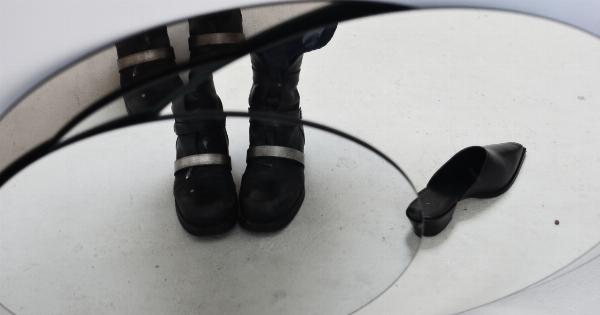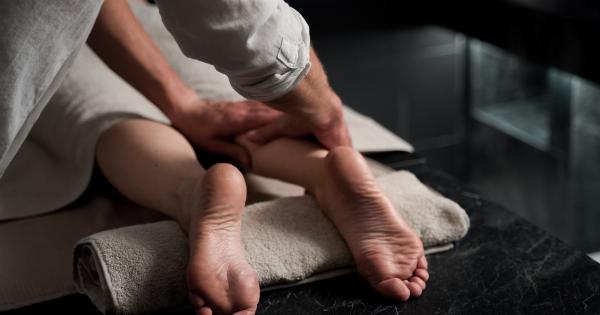Did you know that your feet could be telling you important messages about your overall health? That’s right! Your feet can provide valuable insights into various health conditions and issues that might otherwise go unnoticed.
By paying attention to the signs and signals your feet are sending, you can take proactive steps to maintain and improve your overall well-being. In this article, we will dive into the fascinating world of foot messages and explore how they can help you achieve better health.
Understanding Foot Anatomy
Before we delve into decoding foot messages, it’s essential to understand the basic anatomy of the foot. Each foot consists of a complex structure of bones, muscles, tendons, ligaments, and nerves.
The foot is divided into three main parts: the forefoot, midfoot, and hindfoot.
Foot Messages and their Meanings
Your feet can communicate various messages through different signs, symptoms, and conditions. Let’s explore some common foot messages and their potential meanings:.
1. Persistent Foot Pain
If you experience persistent foot pain, it could be an indication of an underlying issue such as plantar fasciitis, Achilles tendinitis, or arthritis.
It’s crucial to consult a healthcare professional to identify the root cause of the pain and determine the appropriate treatment plan.
2. Numbness or Tingling Sensation
Numbness or a tingling sensation in your feet might be a sign of peripheral neuropathy, a condition that affects the nerves responsible for transmitting information between the central nervous system and the rest of the body.
Diabetes, vitamin deficiencies, and nerve damage are common causes of peripheral neuropathy.
3. Swelling and Edema
Experiencing swelling and edema in your feet could indicate circulatory issues, such as venous insufficiency or lymphatic obstruction. These conditions can impair proper blood flow and result in fluid retention.
Seeking medical advice can help determine the underlying cause and recommend appropriate interventions.
4. Brittle Toenails
Brittle and easily breakable toenails can be a sign of nutritional deficiencies, fungal infections, or an underlying thyroid condition.
Ensuring a balanced diet, maintaining good foot hygiene, and seeking professional guidance when necessary can help address these concerns.
5. Discolored or Yellowish Nails
If your nails appear discolored or have a yellowish tint, it might indicate a fungal infection. Fungal infections can thrive in warm and damp environments, making our feet an ideal breeding ground.
Treating the infection promptly and maintaining good foot hygiene can help prevent further complications.
6. Cold Feet
Having chronically cold feet, even in warm conditions, can be a manifestation of poor blood circulation or nerve damage. Conditions like Raynaud’s disease or peripheral artery disease (PAD) can lead to decreased blood flow to the feet.
Seeking medical advice and exploring lifestyle changes can help improve circulation and alleviate symptoms.
7. Lesions or Sores That Do Not Heal
Foot ulcers, lesions, or sores that take a long time to heal could be indicative of underlying health conditions such as diabetes or impaired immune function. Prompt medical attention is essential to prevent infections and more severe complications.
8. Bumps and Lumps
Finding unexplained bumps or lumps on your feet could raise concerns about cysts, ganglion formations, or even tumors. Getting a proper diagnosis and ensuring appropriate treatment is crucial to prevent potential complications.
9. Foot Structure and Arch
The shape and structure of your feet, including your arches, can provide important insights into potential biomechanical issues and conditions such as flat feet or high arches.
Proper footwear, orthotic support, and exercises recommended by a podiatrist can help alleviate discomfort and prevent further problems.
10. Calluses and Corns
Calluses and corns are often signs of excessive pressure or friction on specific areas of your feet. Ill-fitting shoes, improper gait, or certain foot deformities can contribute to their formation.
Addressing the root cause, wearing appropriate footwear, and seeking professional treatment when necessary can help manage these conditions effectively.
By paying attention to these foot messages and proactively addressing any concerns, you can significantly improve your overall foot health and enhance your overall well-being.



























